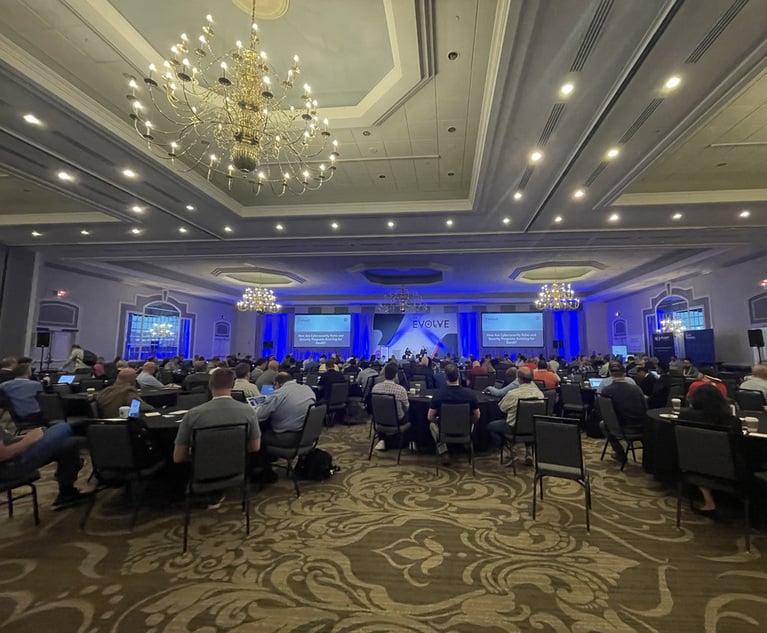N.Y.'s Residual Plan Bad Idea: Industry
|By Mark E. Ruquet
|NU Online News Service, Nov. 17, 9:40 a.m.EST?A proposal to open up contractor's liability insuranceto New York's residual market is getting a cool reception from thestate's insurance community.
|New York State Insurance Department Superintendent Gregory V.Serio is holding public hearings to determine if he will requirethe New York Property Insurance Underwriting Association (NYPIUA),its residual market, to open its doors to commercial liabilityinsurance coverage.
|The association currently acts as the state's Fair Access toInsurance Requirements (FAIR) plan, providing residual market forfire, windstorm and extended property coverage.
|In a statement, Mr. Serio said the department is holding thehearings to address concerns voiced by businesses and otherorganizations that say they cannot secure the appropriate insurancecoverage.
|Within the insurance community, the idea does not appear to havemuch support. Insurance professionals who were interviewed said theanswer is not opening NYPIUA to commercial liability, but doingaway with the state's strict liability law.
|The law, known as Section 240 and 241 scaffolding law, holdsproperty owners wholly liable for any injuries resulting in oraround a scaffolding site. The injuries are not covered underworkers' compensation provisions, they said, and are costinginsurers substantial amounts in unrestricted claims.
|"We don't think it is a good idea," said Thomas J. Derella,president of The Kingstar Company Inc., in Kingston, N.Y. "Weapplaud the superintendent's efforts to find market relief, but thereal answer is to fix the labor law."
|Mr. Derella, who is also the president of the ProfessionalInsurance Agents of New York, said besides fixing the labor laws,NYPIUA lacks the underwriting experience to price risks adequately.He also feels that, for the long term, opening the risk to theresidual market would create more capacity problems becauseexisting carriers would not want to compete with NYPIUA. Thiswould, in turn, create harder market conditions in the line thanexist today.
|John Buckley, executive vice president of NIF Services of NewYork, a managing general agency based in New York City, noted thatwithout the labor reforms the residual market would face the samedifficulties and expensive claims history that traditional carriersare facing today.
|"It is a short-term setup for disaster," said Mr. Buckley.
|"We are concerned that this is a Band-Aid approach," saidKathleen Weinheimer, vice president of industrial relations for theIndependent Insurance Agents & Brokers of New York. "We feelthat this is not a way to address the issue permanently. Our basicmessage is that this is not the right approach."
|Ms. Weinheimer said the association, which is preparing to speakat one of the public hearings, fears such an approach could drivecarriers in that market out of the state due to the residual marketassessments.
|If the labor laws were reformed, she suggested, it would allowfor the needed capacity in the market, a point echoed by Mr.Derella.
|In a statement, Bernard N. Bourdeau, president of the New YorkInsurance Association, a carrier trade association, said there isno capacity problem. The problem is affordability. That is thedirect result of the strict liability laws. What capacity is notavailability in the standard market can be filled by thenonadmitted market, he said.
|He said until reforms take place, coverage would remain "veryavailable, but very expensive."
Want to continue reading?
Become a Free PropertyCasualty360 Digital Reader
Your access to unlimited PropertyCasualty360 content isn’t changing.
Once you are an ALM digital member, you’ll receive:
- All PropertyCasualty360.com news coverage, best practices, and in-depth analysis.
- Educational webcasts, resources from industry leaders, and informative newsletters.
- Other award-winning websites including BenefitsPRO.com and ThinkAdvisor.com.
Already have an account? Sign In
© 2024 ALM Global, LLC, All Rights Reserved. Request academic re-use from www.copyright.com. All other uses, submit a request to [email protected]. For more information visit Asset & Logo Licensing.








